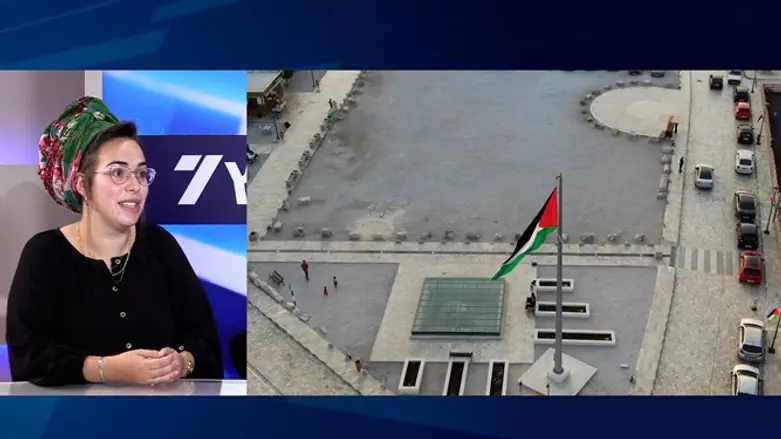
Adi Shargay, activities coordinator at the Shomrim al Hanetzach (literally "protecting eternity" - ed.) organization, spoke with Arutz Sheva about the increasing trend of Arabs destroying archaeological sites in Judea and Samaria.
"Unfortunately, in recent years we have received more and more reports from hikers and field officers regarding destruction of antiquities in Judea and Samaria, with no enforcement, and we understood that something big and bad is happening here. So we founded the Shomrim al Hanetzach organization," she said.
Though antiquities robberies are common, most of the destruction results from construction on top of archaeological sites, and preparing archaeological sites for use in agriculture, she explained.
Shargay noted that since the sites are in Judea and Samaria, the Israel Antiquities Authority does not operate in the area, and the issue is handled by staff officers who are dedicated but very limited in their resources.
"The Civil Administration does not enforce, and therefore our goal is that a Judea and Samaria District department should be founded in the Antiquities Authority," she explained.
Explaining the scope of the issue, Shargay emphasized that the sites in Judea and Samaria are on the scale of Masada and Caesarea, such as the city of Sebastia, in which findings from all periods have been discovered, and which also suffered damage, including graffiti spray-painted on ancient buildings and the planting of a "Palestinian" flag at the site.
As part of the organization's activities, public figures also visit the archaeological sites. Among the recent visitors was Communications Minister Yoaz Hendel (New Hope), during whose visit to Tel Aroma, Shomrim Al Hanetzach discovered additional damage to the site. Over the archaeological site, a four-story mosque - named the "Mosque of the Martyrs" - had been built.
"While we were touring the site with the Minister, we saw that they shaved off and evened out all of the barrow's peaks, while destroying antiquities," Shargay said. "This is a site where there was a Hasmonean fortress, and the entire site is mentioned in the Book of Judges as the place where Gideon lived."
This site was not excavated in an organized fashion, and we cannot even restore it and know what was destroyed at the site.
"Our goal is a national emergency plan to save the antiquities in Judea and Samaria - that the Israel Antiquities Authority will operate there in an organized fashion," she explained.
Shargay also noted her organization's survey of 365 important archaeological sites in Judea and Samaria. The survey, performed in order to gauge the extent of preservation and damage at the sites, showed "horrific results," she said.
"We discovered that 80% of the sites had been moderately or severely damaged. This is a national heritage disaster. This is reminiscent of what ISIS does. Three thousand years of history have been erased within a short time. There's no possibility to restore a site which was damaged."
